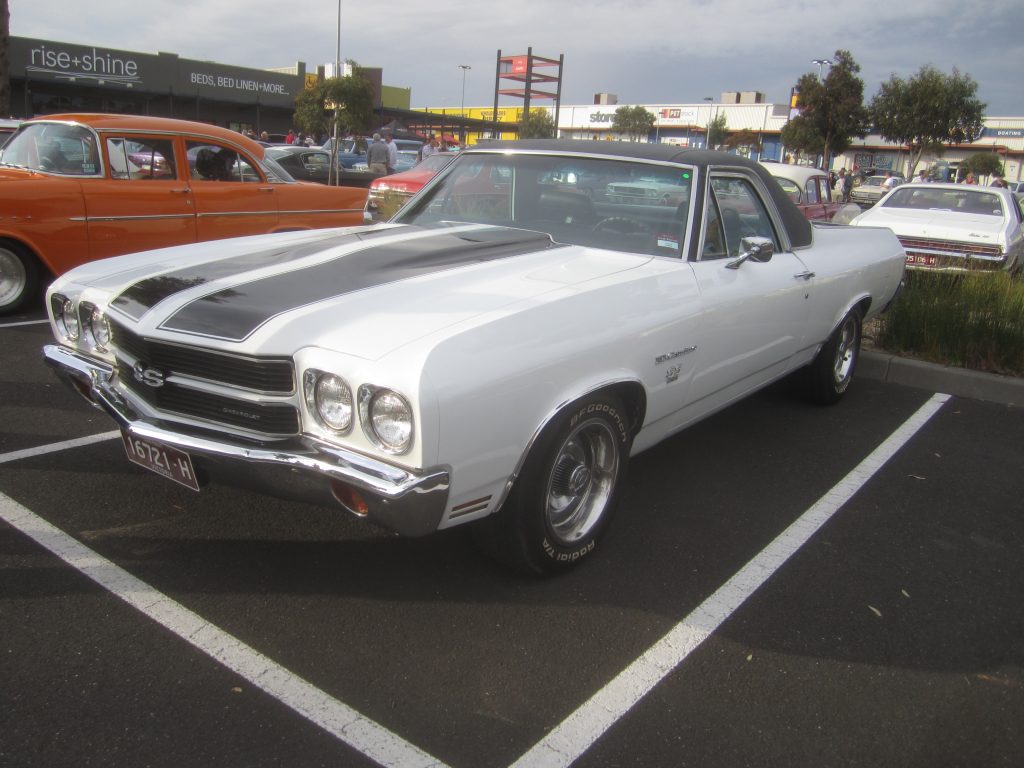
Q: I have a 1970 El Camino that will be used as a daily driver performance car. I have a Chevy 350 small block that I want to assemble with the following parts:
- Summit Racing Engine Rebuild Kit (9.73:1 compression)
- Summit Racing Camshaft Kit (224° duration at 0.50″, 0.465″ lift)
- Stock heads with 1.94″/1.50″ inch valves, 64cc combustion chambers
- Crane Roller Tip Rocker Arms (1.5:1 ratio, 3/8″ stud)
- Crane Valve Springs (115-pound seat pressure)
- Holley Dual Plane Intake
- Holley 750 cfm Vacuum Secondary Carburetor
With this combination, should I leave the heads as-is, or put in larger 2.02″/1.60″ valves? Should I switch to another type of head (preferably cast iron)?
Will roller rockers work with the stock height valve covers?
The engine will be attached to a TH350 transmission with a shift kit. The rear axle is a 10-bolt with 2.56 gears. I was wondering whether to put in a posi unit and leave the gears as-is, or should I change the gears too? I was looking at a set of 3.23s or 3.42s from Richmond Gear.
A: You have several options concerning your cylinder heads. You can use the stock ones as-is, or do some mild port work, like radiusing the short side of the intake port to increase flow.
If you want to install the larger 2.02″/1.60″ valves, you’ll have to do more aggressive porting work to take advantage of the bigger valves. Or, you can go with a new set of heads, like World Products S/R Torquer cylinder heads. They have larger valves and higher flow rate than your stock heads, and all you have to do is bolt them on.
As for the Crane roller rockers, you can use them with your stock height valve covers.
There is really no downside to using a positraction unit, just the big plus of having torque applied evenly at both wheels. If you’re going to go through the trouble of putting in the posi unit, we would definitely change the gear ratio too. We recommend a 3.42 ratio as it will give you some extra acceleration without subjecting the engine to extra stress or putting your gas mileage into the basement.

[…] If you’re not concerned with preserving the El Camino’s original appearance and performance, then you have many options. In fact, too many options for us to go into any detail here—but if that’s your goal, we answered a similar question (for an El Camino owner, even!) here in this Mailbag post. […]
[…] If you’re not concerned with preserving the El Camino’s original appearance and performance, then you have many options. In fact, too many options for us to go into any detail here—but if that’s your goal, we answered a similar question (for an El Camino owner, even!) here in this Mailbag post. […]
What size wheel and offset are you running?